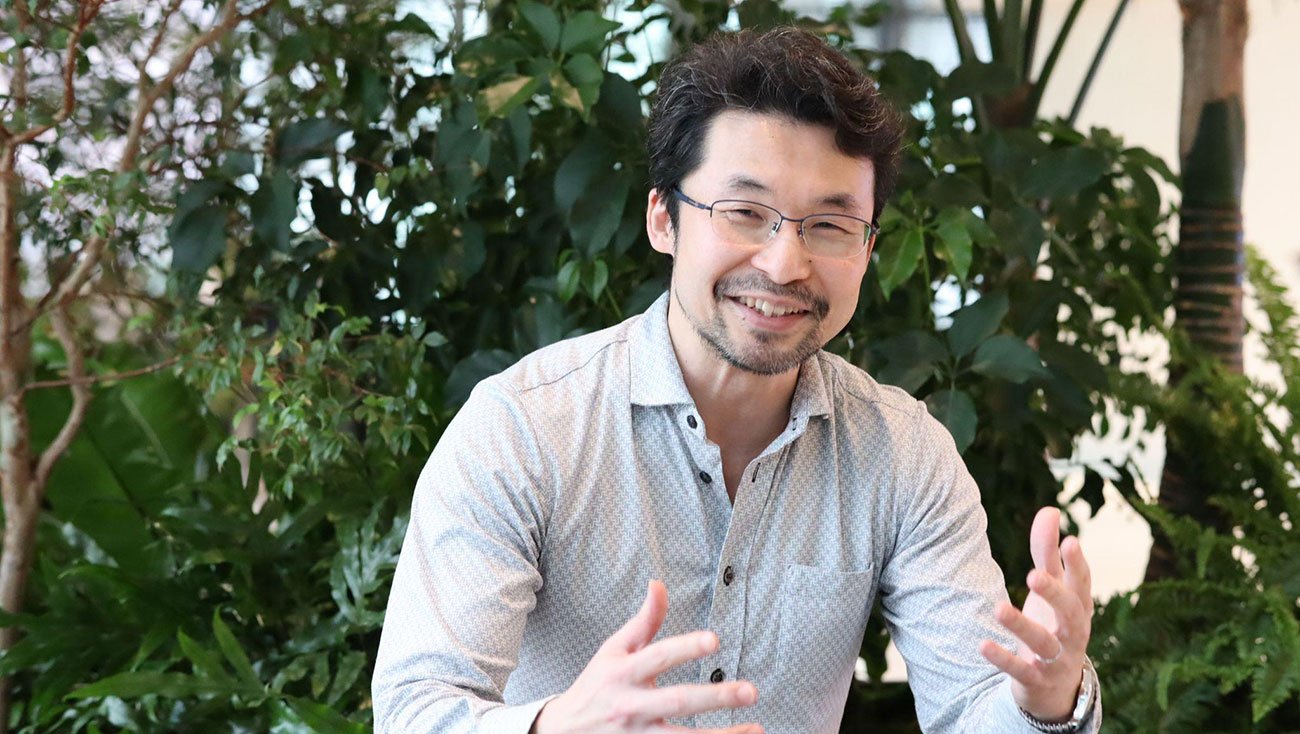Nikon Cuts 340,000 Hours: AI's Impact Revealed - A Revolution in Manufacturing
The photography world is buzzing, but not just about the latest camera releases. Nikon's recent announcement revealing a staggering 340,000-hour reduction in manufacturing time thanks to the implementation of Artificial Intelligence (AI) has sent shockwaves through the industry and beyond. This isn't just a headline-grabbing statistic; it's a powerful demonstration of AI's transformative potential in streamlining manufacturing processes and boosting efficiency.
AI's Role in Nikon's Efficiency Gains
Nikon's success story highlights the multifaceted ways AI is revolutionizing manufacturing. The company leveraged AI in several key areas:
1. Predictive Maintenance: Preventing Downtime
Traditionally, manufacturing relies on scheduled maintenance, often leading to unnecessary downtime. Nikon's AI system analyzes real-time data from its machinery, predicting potential failures before they occur. This proactive approach minimizes disruptions and maximizes production time. The ability to anticipate equipment malfunctions translates directly into significant cost savings and increased efficiency.
2. Optimized Production Scheduling: Streamlining Workflow
AI algorithms meticulously analyze production data, identifying bottlenecks and optimizing workflows. This sophisticated scheduling system ensures resources are utilized effectively, leading to smoother operations and reduced production time. The 340,000-hour reduction is a direct result of this optimized scheduling, showcasing the power of AI-driven process management.
3. Quality Control Enhancement: Minimizing Defects
AI-powered vision systems play a crucial role in Nikon's quality control process. These systems can detect even minute defects that might escape human eyes, ensuring higher product quality and reducing waste associated with faulty products. This meticulous quality control contributes to improved customer satisfaction and reinforces Nikon's brand reputation.
The Broader Implications of AI in Manufacturing
Nikon's experience isn't an isolated case. Many manufacturers across diverse industries are embracing AI to enhance efficiency and productivity. The benefits extend beyond simply reducing labor hours:
- Increased Productivity: AI optimizes resource allocation, leading to higher output with the same or fewer resources.
- Reduced Costs: Minimizing downtime, waste, and defects directly translates to significant cost savings.
- Improved Product Quality: AI-powered quality control ensures higher consistency and fewer defects.
- Enhanced Safety: AI can identify potential safety hazards, improving working conditions for employees.
Looking Ahead: The Future of AI in Manufacturing
Nikon's success story underscores the potential of AI to reshape the manufacturing landscape. As AI technologies continue to evolve, we can expect even more significant advancements in efficiency, quality, and safety across various industries. The 340,000 hours saved by Nikon represents not just a milestone for the company but a glimpse into the future of intelligent manufacturing.
Keywords: Nikon, AI, Artificial Intelligence, Manufacturing, Efficiency, Productivity, Quality Control, Predictive Maintenance, Automation, Industry 4.0, Technology, Innovation, Cost Savings, 340,000 hours, Manufacturing Process Optimization
Related Articles: (Internal links to other relevant articles on your website – if applicable)
- [Link to an article about AI in other industries]
- [Link to an article about the future of manufacturing]
External Links: (Links to relevant reputable sources – if applicable)
- [Link to Nikon's official press release (if available)]
- [Link to a credible research article on AI in manufacturing]
Call to Action: Want to learn more about how AI can transform your business? Contact us today for a consultation! (Or a relevant CTA for your specific website)
